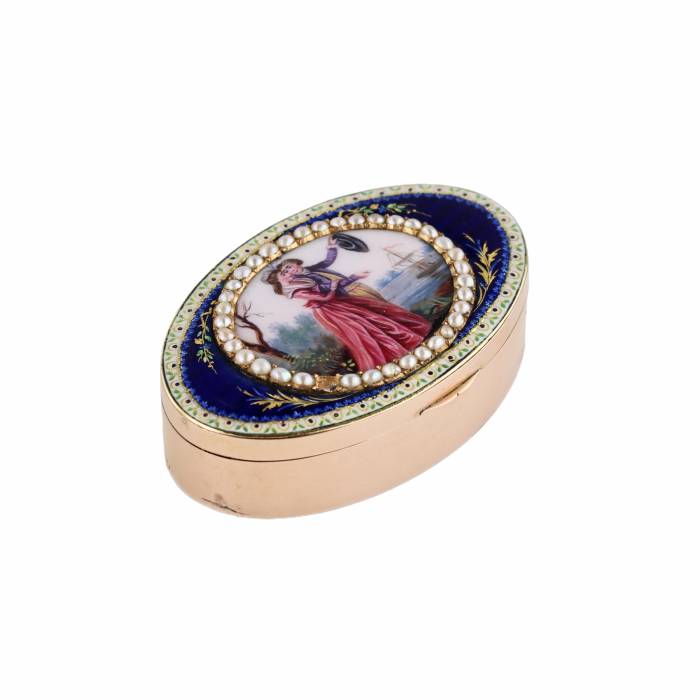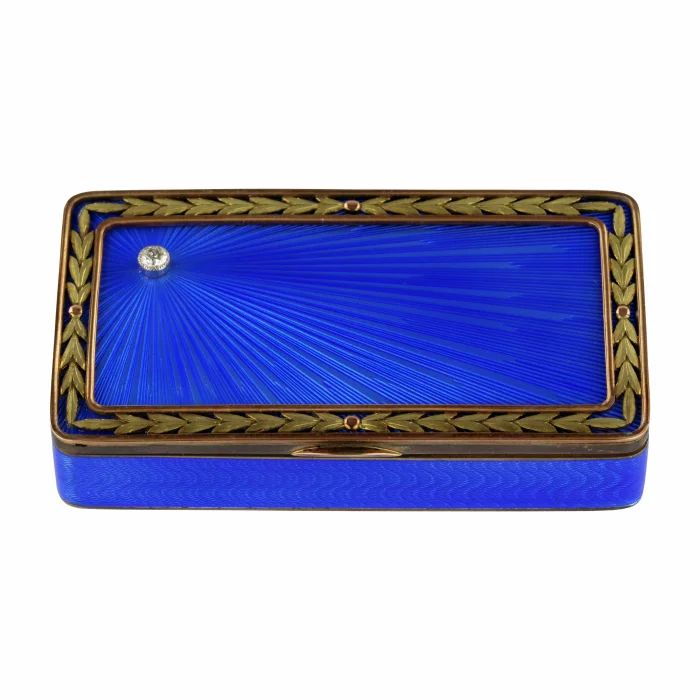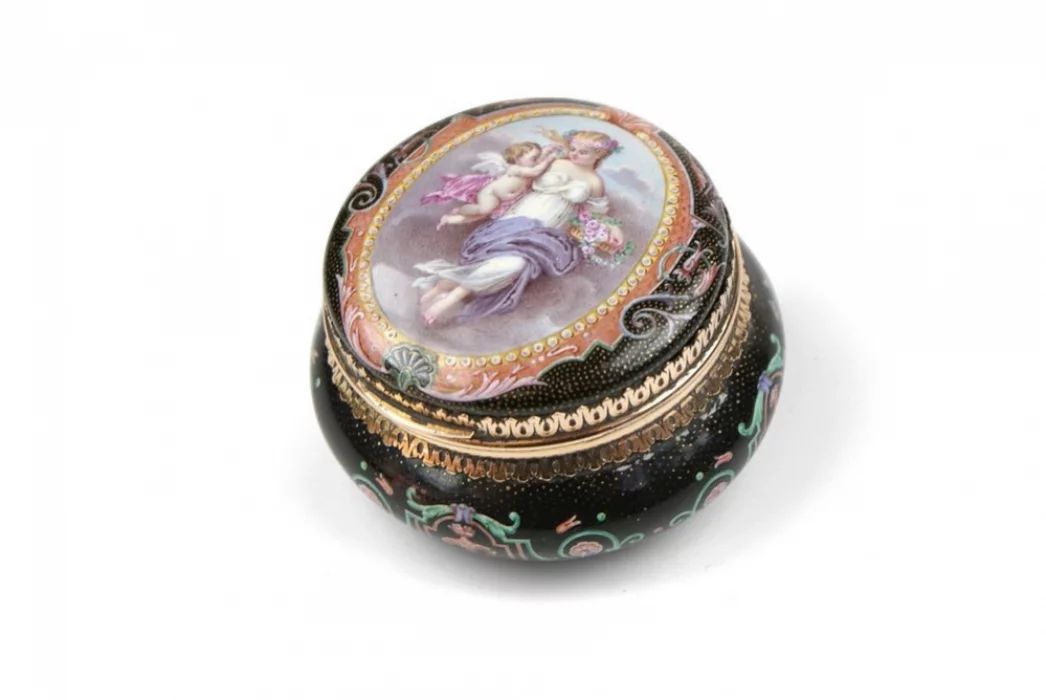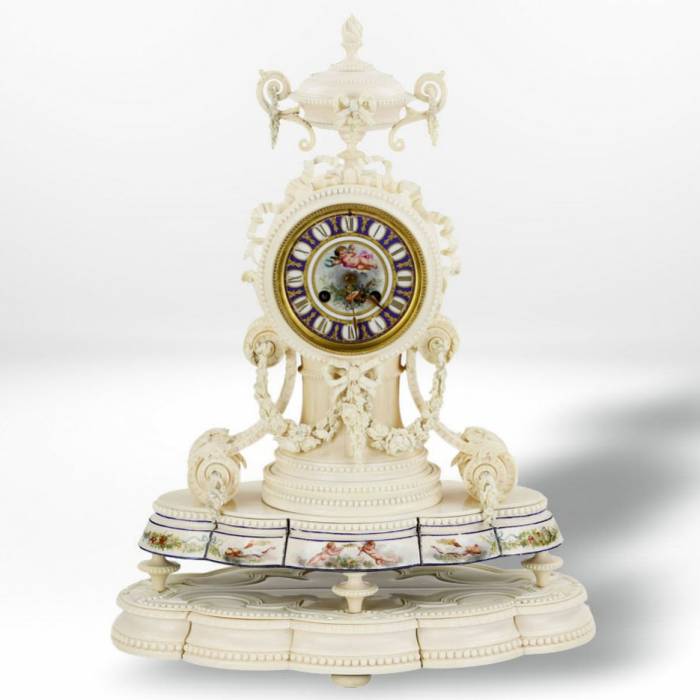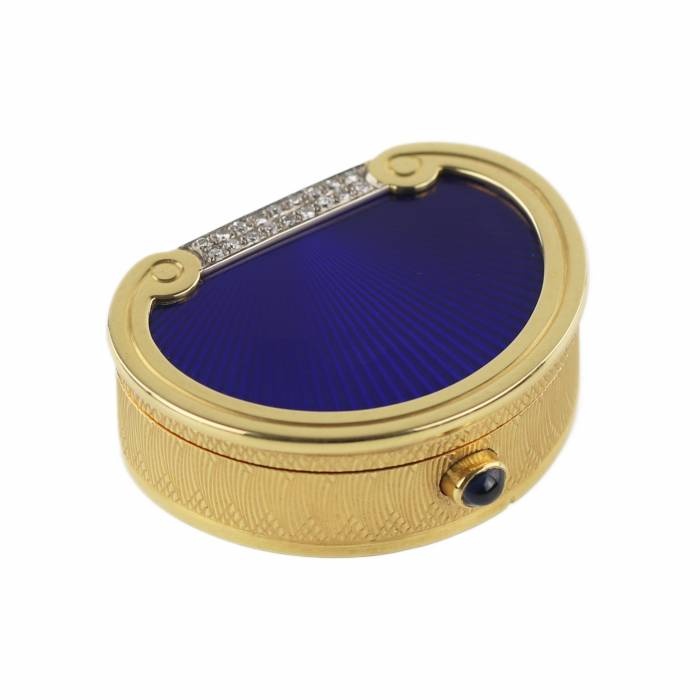
AntiqonART consultant will contact you within one business day after receiving your request.














At Antiqon ART, we build trust and value your choice. Every purchase of art and antiques with us is an investment backed by our expertise, reputation, and a 100% authenticity guarantee.
Discover how the value of similar works has evolved over the past 10 years. Art is not only beauty — it's an investment.
Antiqon ART offers free packaging, insurance, and delivery for most items purchased through the company. Exceptions include large and oversized items that require specialized packing and shipping.
Poinçons : Poinçon « FABERGÉ » ;Poinçon de maître « БА » pour Viktor Aarne ;Poinçon de l’inspection de Saint-Pétersbourg (1899–1904), avec les initiales de l’inspecteur Iakov Liapounov— Numéro « 88 » indiquant un haut titre d’argent
Dimensions : Hauteur : 6,3 cm ;Diamètre de la base : 11,5 cm ; Diamètre supérieur : 8,5 cm
Poids : 665 g
Provenance : Commande spéciale de la maison Fabergé dans l’atelier de Viktor Aarne ; fait partie de la catégorie extrêmement rare des baromètres en argent, certains ayant été remis par le Cabinet de Sa Majesté Impériale.
Les baromètres sont d’une extrême rareté parmi les créations de Fabergé : huit exemplaires en argent sont connus à ce jour, réalisés sur ordre du Cabinet de Sa Majesté Impériale, dont deux furent remis comme distinction suprême. Ces objets se distinguent autant par leur esthétique que par leur valeur symbolique, soulignant le statut du destinataire.
Carl Fabergé, joaillier de la cour impériale, développa un langage artistique unique, où émail, argent et formes utilitaires devenaient des symboles de goût et de prestige. Viktor Aarne, l’un des principaux maîtres de la maison, dirigea son propre atelier dès 1888 et se spécialisa dans l’argenterie émaillée. Son poinçon figure sur de nombreux objets destinés à l’élite impériale — de porte-cartes à des accessoires de bureau.
Le style Empire, dans lequel ce baromètre est conçu, était en Russie un code esthétique du pouvoir impérial. Chez Fabergé, il prend une tonalité cérémoniale grâce à l’éclat de l’émail et de l’argent. L’ornement de laurier, le verre facetté et l’émail rubis traduisent l’élégance du néoclassicisme alliée à la richesse décorative pétersbourgeoise.
Des pièces similaires sont aujourd’hui conservées au musée de l’Ermitage, dans la collection Wartski en Suisse, au musée Fabergé de Baden-Baden, ainsi que dans de prestigieuses collections privées. Elles illustrent la grandeur d’époque et la perfection technique qui firent de Fabergé un nom légendaire.
Excellent état : le mécanisme est en état de fonctionnement ; l’émail est intact ; le verre est sans fissures ; la surface en argent est propre et brillante. Poinçons nets.
The condition report is provided for informational purposes only.
It is not comprehensive and may not reflect all defects, restorations, alterations, or adaptations, as Antiqon does not perform professional conservation-level assessments. The information is based on a qualified, yet subjective, evaluation by our specialists.Before purchasing, we recommend consultation with an independent expert.Please also consult our Terms and conditions and Glossary A-Z, which contain important information on lot characteristics and sale conditions.

Thank you for your request!
Our consultant will contact you soon.

AntiqonART consultant will contact you within one business day after receiving your request.
Thank you for your request!
Our consultant will contact you soon.

AntiqonART consultant will contact you within one business day after receiving your request.









